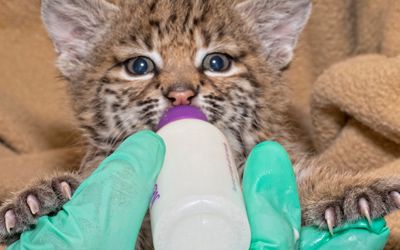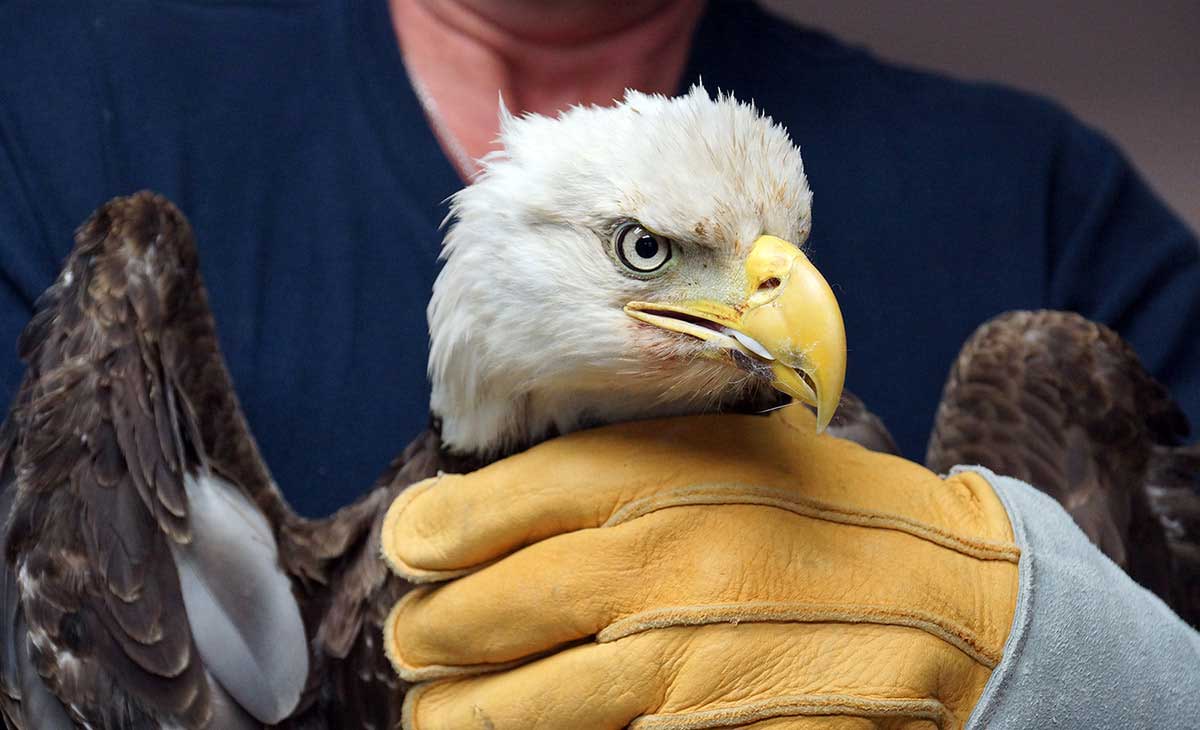Just How Burlington Wildlife Rescue is Making a Difference in Our Ecosystem
Just How Burlington Wildlife Rescue is Making a Difference in Our Ecosystem
Blog Article
Efficient Wildlife Removal Approaches for a Peaceful Home Atmosphere
In the pursuit of preserving a peaceful space, homeowners usually deal with the difficulty of wildlife breaches, which can interrupt the serenity of their atmosphere. Applying efficient wildlife removal approaches calls for a nuanced understanding of both gentle exclusion methods and preventative actions. By resolving entrance factors and reducing attractants, one can dramatically lessen the probability of unwanted visitors. Nonetheless, the complexity of these methods frequently requires a closer examination of specific approaches and the prospective need for professional treatment. What are the crucial elements of these approaches, and when should one take into consideration seeking professional assistance?
Identifying Common Wildlife Intruders
Recognizing common wildlife trespassers is a crucial initial step in effective wildlife monitoring. Understanding the certain types that frequently infiltrate residential and business rooms makes it possible for homeowner and wildlife specialists to apply targeted approaches for alleviating possible damage and wellness threats. Usual intruders commonly include raccoons, squirrels, bats, and various species of rodents and birds, each bringing unique difficulties.
Bats, while useful for managing insect populations, can become a hassle when they roost in attic rooms, possibly spreading diseases such as histoplasmosis. Birds, consisting of pigeons and sparrows, often produce unhygienic problems with their droppings, leading to architectural destruction and health worries - burlington animal control.
Humane Exemption Methods
Understanding the common wild animals trespassers is the foundation whereupon efficient exemption techniques are developed. Determining species such as squirrels, raccoons, and birds helps in developing humane exclusion techniques tailored to particular behaviors and entrance techniques. Exclusion is a preventative technique intended at refuting wild animals accessibility to homes and residential or commercial properties, thus lowering the need for even more invasive steps.
The foundation of humane exclusion entails securing potential entrance factors. This includes repairing openings in structures, wall surfaces, and roof coverings, along with installing smokeshaft caps and air vent covers. For smaller sized invaders like mice and bats, making use of materials such as steel woollen and caulk to seal gaps is essential. Additionally, guaranteeing that home windows and doors are safe, and that screens are intact, can better hinder entry.
One more trick technique is the use of acoustic and visual deterrents. Setting up motion-activated lights or ultrasonic gadgets can inhibit nocturnal wild animals. Changing the habitat by handling food sources, such as safeguarding trash containers and removing bird feeders, also plays an essential duty. These exemption methods not just safeguard the home setting but additionally appreciate the wild animals, permitting them to prosper in their natural environments without damage.
Safe Trapping Methods
When exclusion methods want, risk-free trapping techniques become a required choice in wild animals administration. Trapping, when performed correctly, uses a humane and reliable methods of addressing an instant wild animals problem while guaranteeing minimal stress and anxiety and damage to the animal. This approach requires an understanding of both the habits of the target varieties and the ethical factors to consider associated with wild animals handling.
These traps need to be examined often to protect against undue tension or injury to the captured wild animals. It is crucial to adhere to local laws concerning capturing and relocation to make certain compliance with lawful criteria and wild animals preservation concepts.
In addition, lure choice and placement are crucial parts in ensuring successful trapping. Lure should be chosen based upon the dietary preferences of the target varieties and purposefully positioned to lure the pet into the trap. When caught, the pet should be managed with care, using protective gear if required, to assist in risk-free transportation and launch, consequently maintaining a balanced ecosystem and a tranquil home environment.
Precautionary Home Modifications
While secure capturing methods address instant wildlife concerns, lasting solutions commonly require preventative home alterations to hinder pets from going into human spaces. Carrying out these alterations not only improves the security and convenience of your living atmosphere yet likewise reduces the probability of future wild animals invasions.
A critical element of preventative techniques is sealing prospective entry factors. This includes inspecting and fixing any spaces or splits in the foundation, walls, and roofing, as these can come to be accessibility routes for wildlife.
Landscape design alterations can additionally function as effective deterrents. Cutting tree branches that overhang the roofing system and removing debris stacks can get rid of routes and environments that attract wild animals. Maintaining a clean backyard by safeguarding trash can and garden compost stacks discourages scavengers such as marsupials and raccoons.

## When to Call Specialists
Professional treatment becomes essential in circumstances where article source wildlife problems go beyond the range of do it yourself options. Property owners may come across circumstances where the intricacy or threat of the wildlife trouble demands specialist competence. Dealing with aggressive animals such as raccoons, snakes, or bats often requires specific abilities and devices to make sure safety and effectiveness. Trying to take care of these creatures without appropriate understanding can result in injury or intensify the problem.
In addition, problems entailing secured or endangered types need a nuanced technique to follow legal regulations. Professionals are furnished with the site link necessary licenses and recognize the legal frameworks regulating the handling of such species. This makes sure that elimination is conducted ethically and within legal limits.

Last but not least, when wild animals positions a persistent issue regardless of duplicated DIY initiatives, professional services can provide extensive examination and lasting services customized to stop recurrence - wildlife removal Burlington. Their proficiency not just fixes the prompt issue but likewise safeguards the home environment in the future
Verdict
Applying effective wild animals elimination techniques is important for keeping a peaceful home environment. Recognizing typical wild animals trespassers and utilizing gentle exclusion methods are fundamental steps. Safe trapping methods ensure the humane capture of persistent pets, while preventative home adjustments, such as securing entrance points and securing garbage containers, reduce future intrusions. Consulting experts is recommended for complex scenarios that call for proficiency. With each other, these techniques create an unified living area devoid of wildlife disturbances.

These exclusion approaches not just secure use this link the home environment however likewise respect the wildlife, allowing them to prosper in their all-natural environments without harm.
Applying effective wild animals elimination strategies is important for keeping a serene home atmosphere.
Report this page